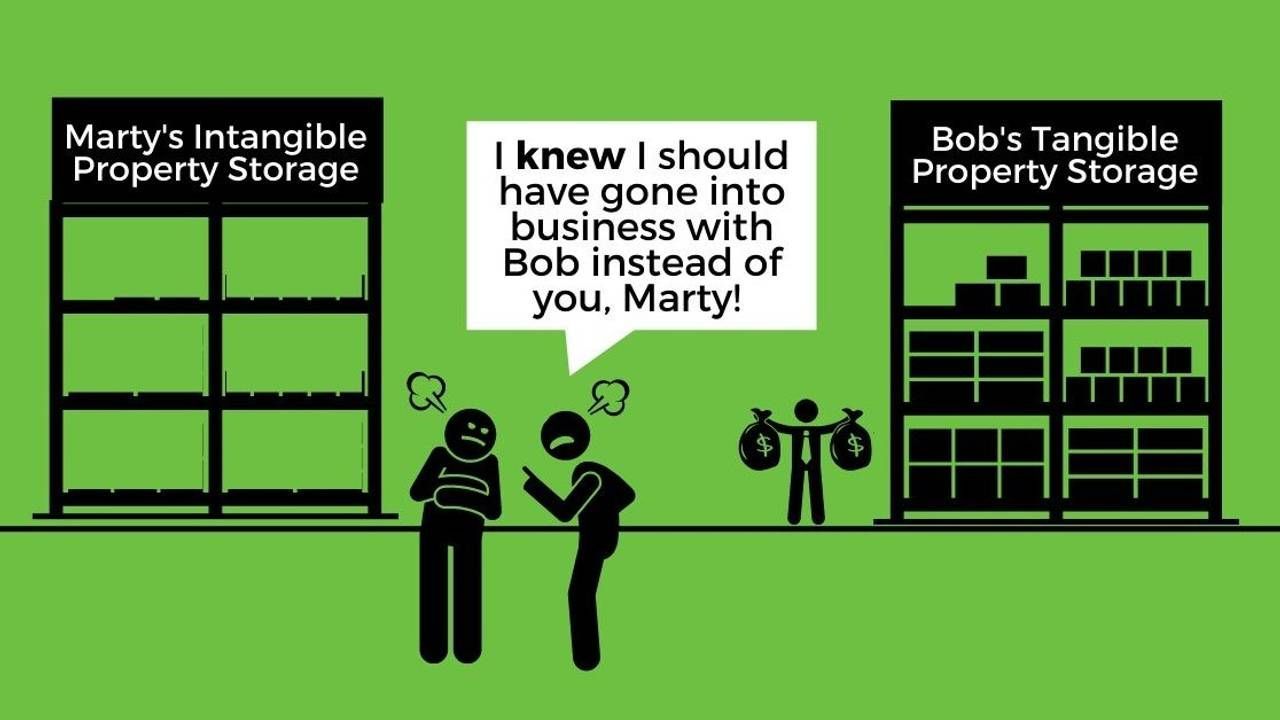
The Intangible Nature of Intellectual Property
Why Intellectual Property is an Intangible Asset
Let’s talk about the intangible nature of intellectual property (IP).
Everyone who works on contracts with IP provisions needs to understand how IP works.
One of the hardest things to get our heads around is that property rights are intangible. IP owners have rights to something that has no physical properties.
It isn't like property rights to land, where you can pick up a clump of dirt and say, “I own this.” It isn't like owning a car or a house, where you can see and touch what you own.
The Difference Between IP and Its Physical Embodiments
With IP, you just own rights. Even if we understand that concept, it is easy to get confused when we think about works protected by IP - a patent for a machine that filters water, a copyright in a painting hanging on the wall, or a trademark logo on a cup of coffee.
“But those are all tangible things that you can touch.” Yes, very true. But those are physical embodiments of the IP. Those objects are not the IP itself.
The IP owners own rights to do certain acts relating to that machine, that painting, or that logo. But the IP owner does not own each physical embodiment of those rights.
IP is kind of like Schrodinger's cat. It is both tangible property and intangible property at the same time.
How to Contract's membership is designed to help you build real-world expertise with commercial contracts. Get access to our comprehensive system of live and on-demand courses, weekly lessons, detailed playbooks, and more. Join today!







